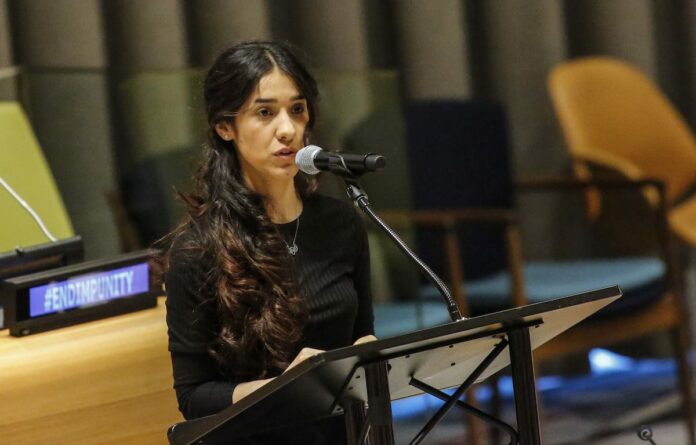Hiyam Ali Al-Merhej – Researcher at Al-Bayan Center for Studies, Department of Women’s Studies
Introduction
Although minority women are subject to the social equations to which all other women in Iraq are subjected, they have certain specificities that affect their social and political status. It is therefore necessary to talk about this specificity and address it with some exceptions. In this study, we focused on political rights and the political empowerment of minority women. (350) Minority women, the sample was distributed among (50) women from each component, namely, Christian, Yazidi, Sabean, Turkmen, Khaki, Shabaki, and Kurdish Fili, and the questionnaire was designed to know the reality of their political empowerment, the extent of their political awareness, and their desire for political participation. This study was conducted in three governorates according to the focus areas of the study sample, namely Baghdad, Mosul, and Kirkuk.
The study was based on the selection of an (intentional) sample: The difficulty of determining the school community, the lack of statistics on the number of (minority women) in the official and concerned authorities, and even no speculation from the minority communities themselves on the number of their women, the fundamental idea in intentional samples is the need to select specified samples, to represent a society with limited and known specifications, and the researcher selects sample members of this type by developing specific specifications based on previously known information about the study community.
Speaking of the sample of the current study, it is made up of minority women and has been as diverse as possible in terms of age, marital status, level of education, conservatism, living, and other conditions, and the above allows us to give a clear picture of this sample to reach as accurate a result as possible.
The distribution of the sample was random because they represent the chosen model of the minority women’s community, and because this method has given members of the school community an equal opportunity to test, this method is one of the best because a researcher’s bias, whims, and tendencies are not included in the testing process, this method is highly reliable in knowing the objective and subjective characteristics of the research community.










